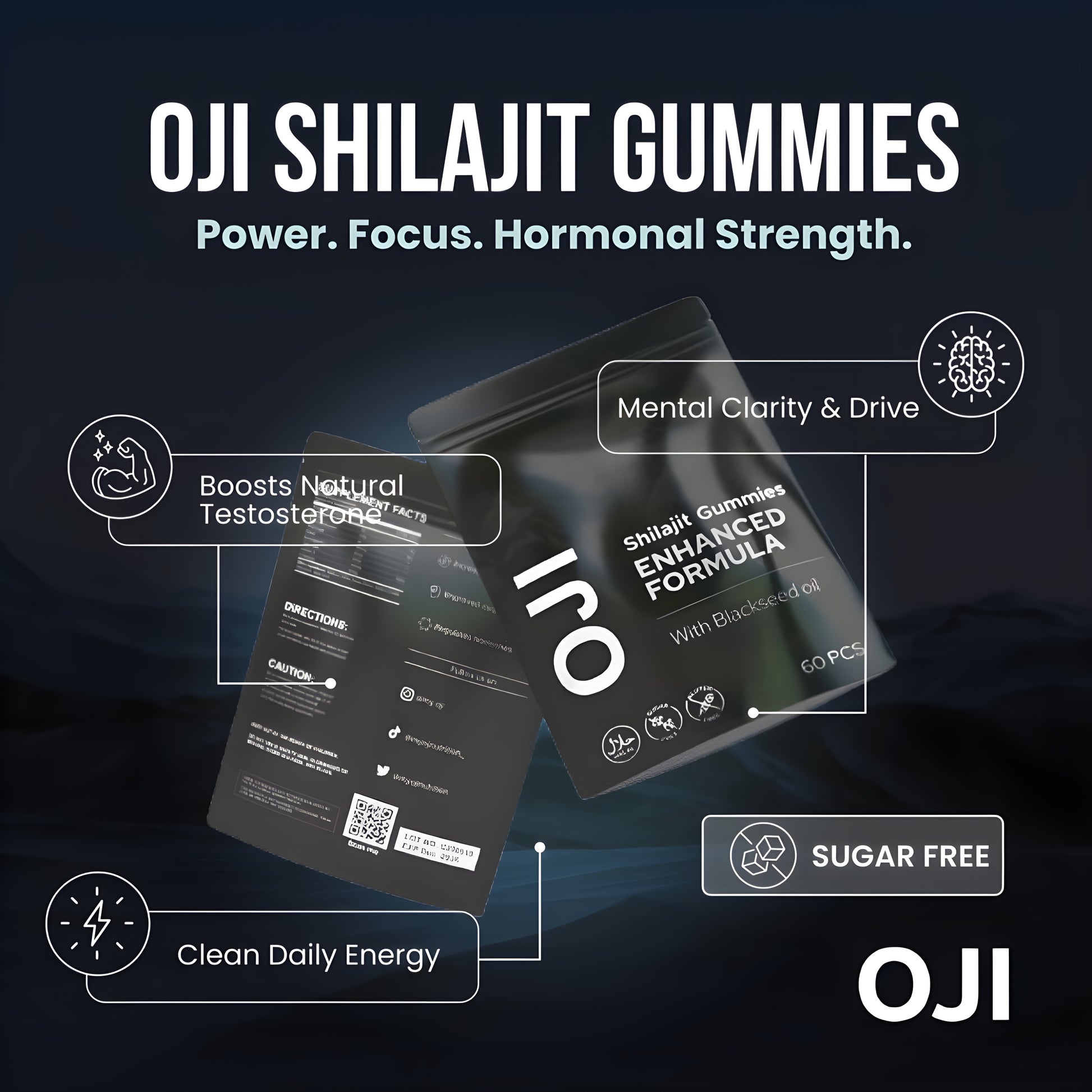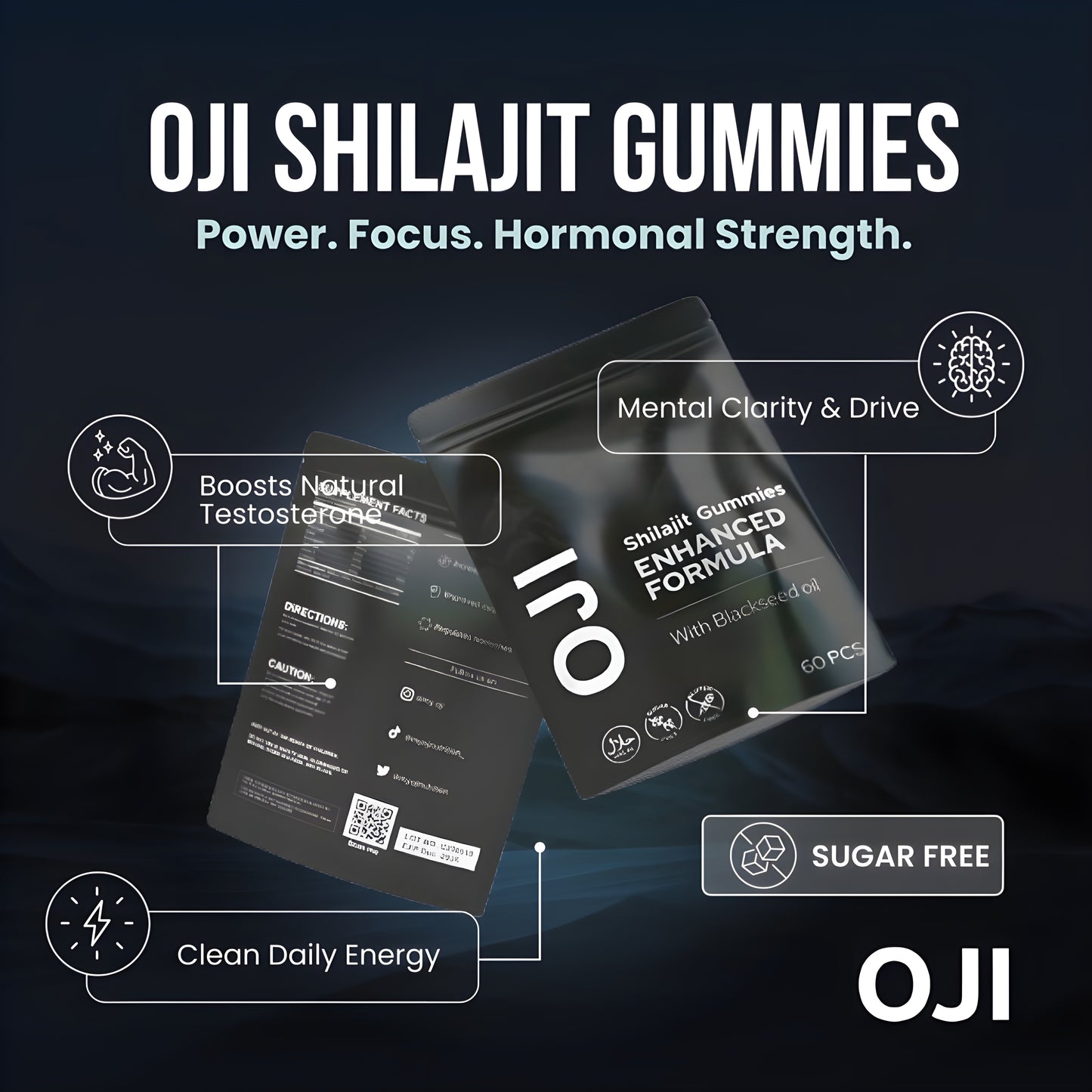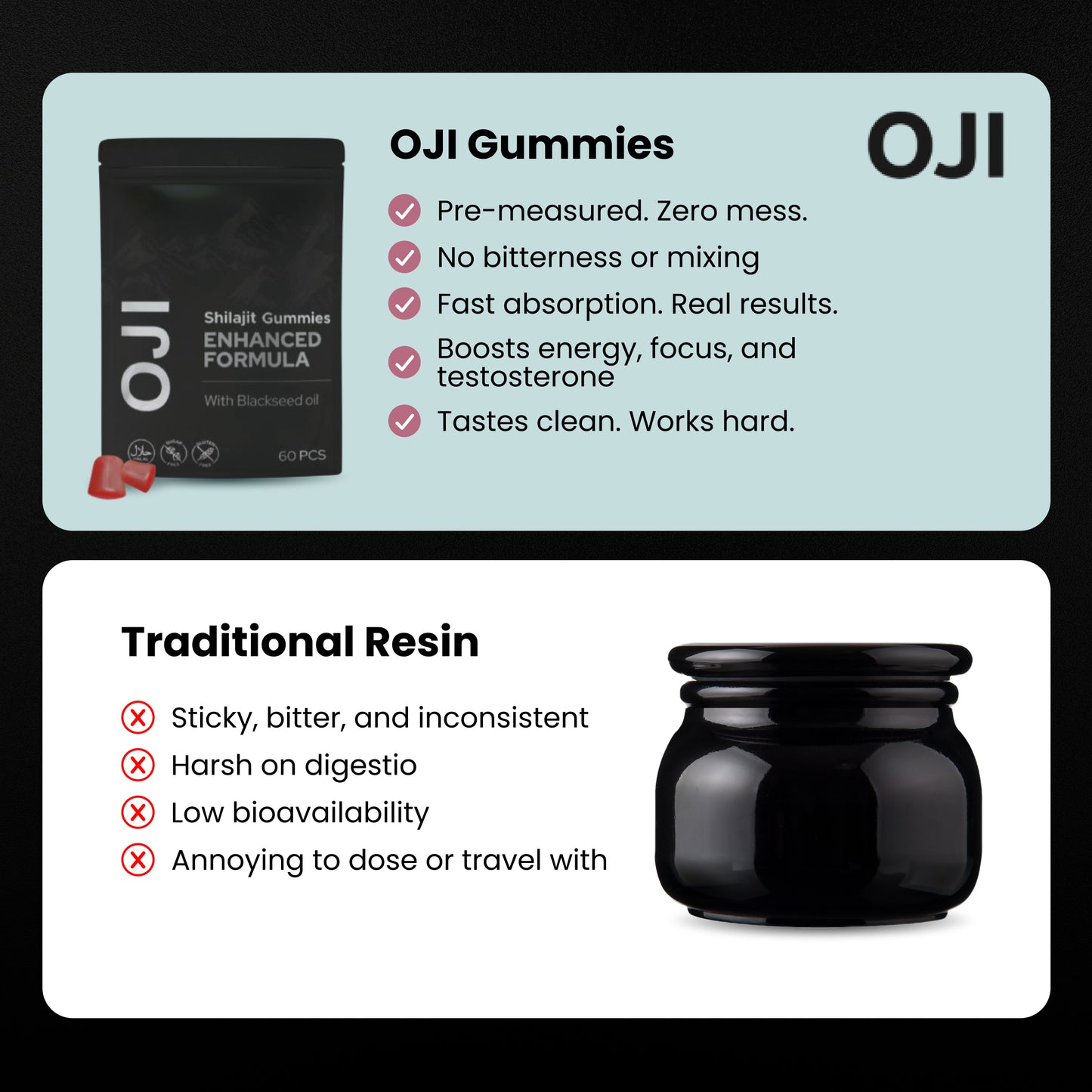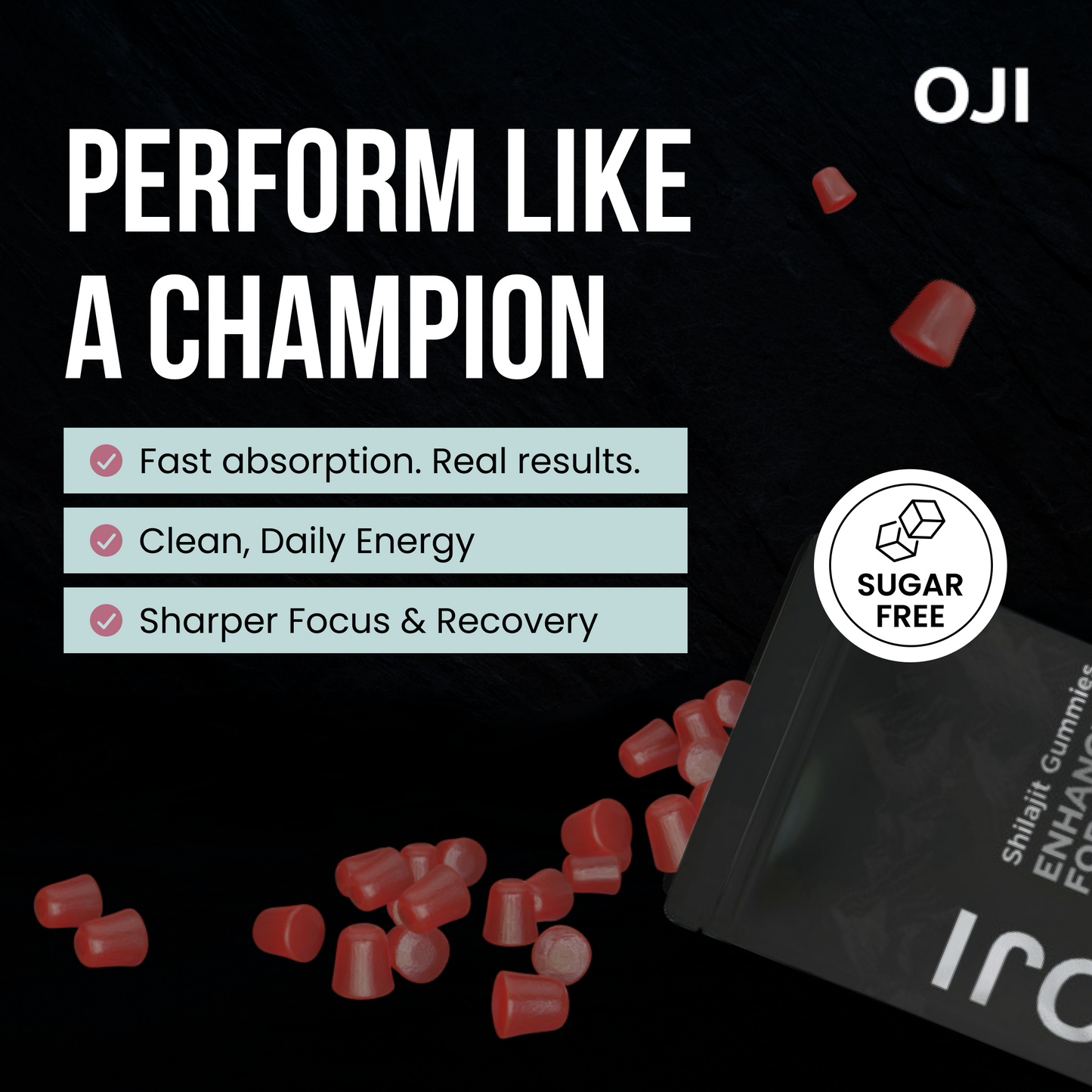That feeling of being completely wiped out after a workout is something we all know. But figuring out how to reduce muscle fatigue isn't just about pushing through the pain. It’s about taking smart, actionable steps with your nutrition, recovery, and training. When you start focusing on what happens before and after you train—not just during—you build real, lasting energy.
Why Your Muscles Get So Tired and How to Fix It
Muscle fatigue is more than just feeling a bit knackered. It’s your body's sophisticated alarm system, letting you know you've hit your limit. It's that moment you hit a wall mid-run, or when a simple flight of stairs suddenly feels like you're climbing a mountain. It’s that heavy, weak sensation when your muscles just can't generate the force you're asking of them anymore.
This isn't just a problem for pro athletes. Your day-to-day stress, hectic schedule, and food choices all have a huge say in how quickly your muscles get tired. When you exercise, you burn through fuel and create metabolic by-products, which leads to that all-too-familiar burn and, eventually, exhaustion.
What’s Really Happening Inside Your Muscles
To get a grip on fatigue, you need to know what's going on at a cellular level. A few key things are at play.
- Running on Empty: Your muscles run on glycogen, which is essentially stored carbs. When these stores get low, your performance takes a nosedive. The fix is to properly fuel before your workout.
- The Metabolic Mess: Intense activity creates stuff like lactic acid. While it isn't the direct culprit for next-day soreness, its build-up is a clear sign your muscles are working overtime. You can combat this with smart recovery.
- A Tired Brain: It's not just your muscles; your nervous system gets tired too. The signals firing from your brain to your muscles can become less efficient, which means your muscles don't activate as powerfully. Quality sleep is the solution here.
This is a massive issue for a lot of people. Musculoskeletal (MSK) conditions, which are a huge driver of muscle weakness and fatigue, are a major health concern in England. The 2024 GP Patient Survey found a huge percentage of adults reporting long-term MSK problems. These conditions are one of the main reasons people are off work and dealing with chronic pain. You can dig into the full statistical commentary about musculoskeletal health on GOV.UK.
Look, the goal isn't to completely dodge fatigue—it's a natural part of pushing your limits and getting stronger. The real key is to manage it smartly. That way, you can recover faster, build strength, and feel genuinely energised for your next session.
Fuelling Your Body to Fight Off Fatigue
What you put on your plate is hands down one of the most powerful tools you have for fighting muscle fatigue. Think of your body like a high-performance car; you wouldn't expect it to run well on low-grade fuel, would you? The actionable step here isn't restrictive dieting. It’s about giving your muscles the right nutrients at precisely the right time.
This boils down to two main players: carbohydrates for energy and protein for repair. Get the balance and timing right, and it can be the difference between feeling drained after a session and feeling ready to go again tomorrow.
Master Your Macronutrients for Muscle Energy
Your muscles' preferred source of fuel is carbohydrates, which they store as glycogen. When those stores get low, your performance plummets and that heavy-legged feeling of fatigue kicks in. To prevent this, eat complex carbohydrates—things like oats, brown rice, or wholemeal bread—to ensure a slow, steady release of energy that lasts.
Protein, on the other hand, is all about rebuilding. After a workout, your muscle fibres have tiny micro-tears. To fix them, your body uses protein to patch them up and build them back stronger. To kick-start that recovery process, aim for lean sources like chicken breast, fish, lentils, or a good Greek yoghurt.
To make this dead simple, I've put together a quick guide to help you nail your pre and post-workout nutrition.
Your Pre and Post-Workout Fuelling Guide
Here is a simple, actionable plan to optimise your nutrition before and after exercise. Following these timings and food choices can make a huge difference in minimising muscle fatigue and speeding up your recovery.
| Nutrient Focus | Timing | Food Examples (UK-Friendly) | Why It Helps |
|---|---|---|---|
| Complex Carbs | 1-2 hours before exercise | A bowl of porridge with berries or a banana on wholemeal toast. | Provides sustained energy to prevent hitting the wall mid-workout. |
| Protein & Carbs | Within 1 hour after exercise | A chicken salad sandwich, a glass of milk, or a protein shake. | Replenishes glycogen stores and kick-starts muscle repair immediately. |
| Lean Protein | Evening meal | Grilled salmon with quinoa and steamed broccoli. | Supports overnight muscle recovery and reduces next-day soreness. |
Getting your food right is key, but as this image shows, it all falls apart if you're not properly hydrated.
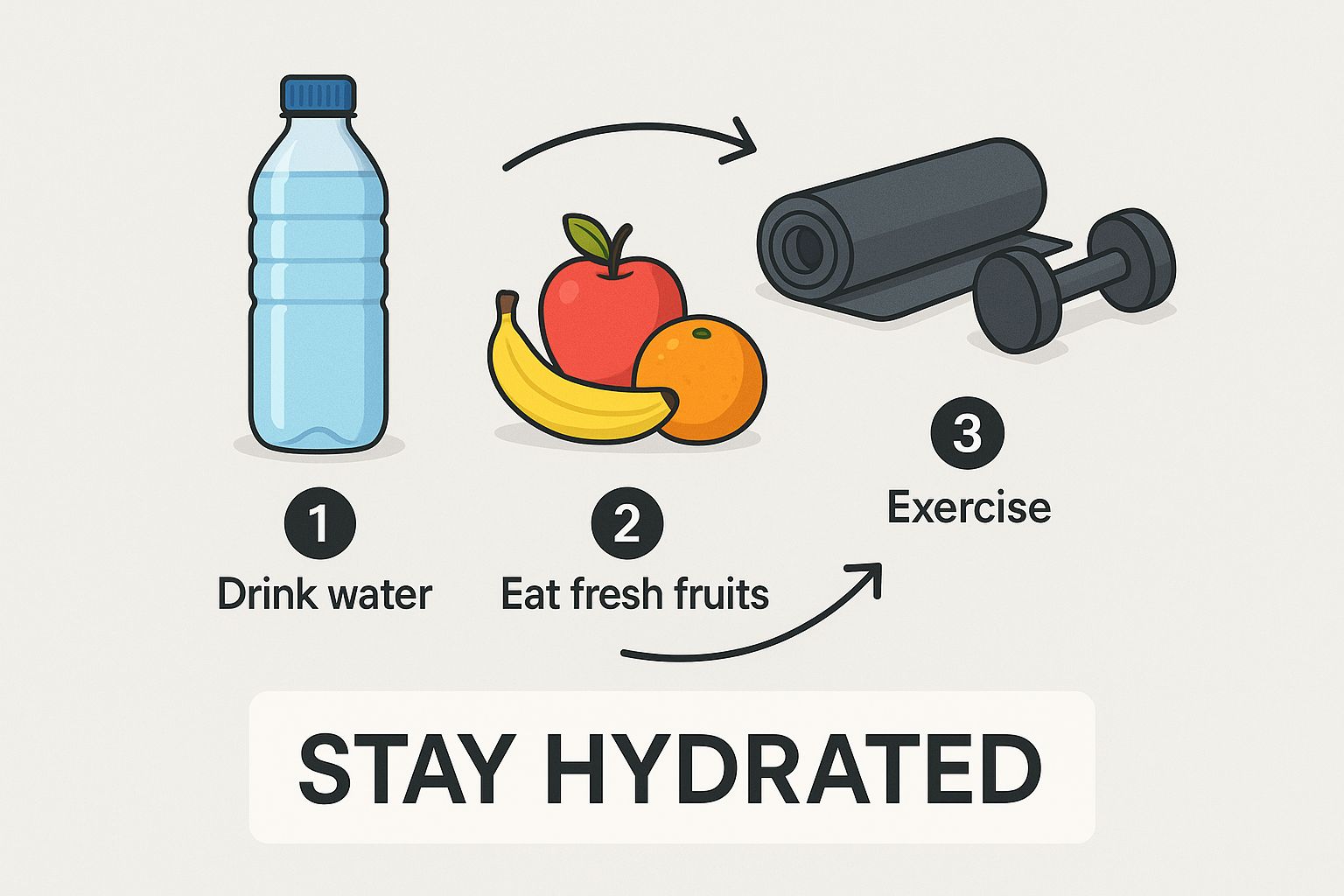
As you can see, simply keeping a water bottle nearby is a powerful, visual reminder to stay on top of your hydration—something absolutely fundamental for both energy and muscle function.
The Overlooked Role of Hydration and Electrolytes
So often, we focus on solid food and forget about water. But dehydration is one of the quickest ways to bring on muscle fatigue. Even a small drop in your hydration levels can seriously knock your physical performance.
When you sweat, it’s not just water you’re losing; you're also losing crucial electrolytes like sodium and potassium.
These electrolytes are vital for muscle contractions and nerve signalling. If they become imbalanced, you can expect cramps, weakness, and feeling tired long before you should. The golden rule? Don't wait until you feel thirsty to drink. By then, you're already on the back foot.
A great rule of thumb is to sip water consistently throughout the day, not just during your workout. Aim for pale-coloured urine as a reliable indicator that you are well-hydrated.
For anyone looking for more ways to fight off that tired feeling, you might find some great ideas in our guide covering the top natural remedies for fatigue to help boost your energy levels.
Making these changes doesn't have to be complicated. Just start by focusing on your pre-workout snack and what you eat right after you finish. These small, consistent habits are what truly build sustainable energy and keep muscle fatigue from holding you back.
Smart Recovery Techniques for Real Results

Let's get one thing straight: recovery isn't just about flopping on the sofa and hoping for the best. It's an active, intentional process that makes a huge difference in how quickly your muscles repair and how much stronger you feel.
If you’re serious about crushing muscle fatigue, your recovery routine needs to be just as smart as your training. It all starts with the most powerful, and often most neglected, tool you have.
Sleep.
Seriously, it’s that simple. During deep sleep, your body gets to work releasing human growth hormone (HGH), which is absolutely essential for repairing and building muscle tissue. Skimping on sleep is like asking a building crew to put up a skyscraper without any steel or concrete – it just won’t happen.
For real results, make 7-9 hours of quality sleep every night a non-negotiable part of your plan. This is your body's prime time for physiological repairs after a tough session.
The Power of Active Recovery
While a day of complete rest has its place, weaving some gentle movement into your "off" days can be a game-changer. This is what we call active recovery. The goal isn't to add more stress, but to gently increase blood flow to your muscles.
Better circulation is key. It delivers a fresh supply of oxygen and nutrients to your tired muscles while helping to flush out all the metabolic waste that causes soreness and stiffness.
Here are simple active recovery ideas you can do:
- Take a gentle 20-30 minute walk or a slow cycle.
- Do some light stretching or a relaxed yoga session, focusing on moving your joints through their full range.
- Use a foam roller to work out knots and ease muscle tightness.
Active recovery isn't about burning more calories or building more muscle. It's about nudging your body's natural repair systems along so you feel refreshed, not more drained.
Advanced Techniques You Can Do at Home
Beyond the basics of sleep and movement, a few other simple techniques can help you get ahead of muscle fatigue. One of the most effective is contrast water therapy.
It sounds fancy, but it just means alternating between hot and cold water in the shower. This shift in temperature makes your blood vessels constrict (vasoconstriction) and then expand (vasodilation), creating a "pumping" action that gives your circulation a massive boost.
Here is a simple way to do it: stand under one minute of cold water, followed by two minutes of hot water. Repeat that cycle three or four times at the end of your shower.
Researchers are constantly looking into how to manage the effects of intense exercise. Recent UK studies, for example, have been exploring how metabolic changes like increased blood lactate and shifting pH levels contribute to muscle fatigue. It turns out techniques that improve circulation and oxygen delivery, like the ones we’re talking about, are on the right track.
Building these strategies into your routine will make a real, noticeable difference in how quickly you bounce back. Of course, you can support this process even further with smart nutrition and supplementation. To dive deeper, check out our guide on the 10 best supplements for recovery. By bringing together quality sleep, active recovery, and a few targeted techniques, you'll have a powerful system for keeping muscle fatigue at bay.
Training Smarter to Prevent Burnout
Pushing your limits is a massive part of getting stronger, but just going full-throttle all the time is a one-way ticket to burnout. The real secret to building long-term resilience—and understanding how to reduce muscle fatigue before it even starts—is training smarter, not just harder. Structure your workouts to challenge your muscles just enough to grow, without sending them over the edge.
At the heart of this approach is a principle called progressive overload. It’s a simple but powerful idea: you gradually increase the stress placed on your muscles over time. By consistently making your workouts a tiny bit harder, you're giving your body the signal it needs to adapt, repair, and come back stronger.
The Art of Progressive Overload
Progressive overload isn’t just about piling more weight on the bar every single time you walk into the gym. That’s one way, sure, but there are plenty of other tools in the toolbox to keep things effective and stop your training from getting stale.
- Add More Reps: Smashed out 8 reps on your squats last week? Shoot for 10 this week with the exact same weight.
- Increase the Weight: Once you can comfortably hit your target rep range, it’s time to add a little more weight.
- Do More Sets: Instead of your usual 3 sets of an exercise, try adding a fourth to increase the total volume.
- Cut Down Rest Time: Shorten your rest periods between sets. It’s a simple trick to ramp up the intensity without touching the weights.
- Perfect Your Form: Nailing your technique makes the exercise much more challenging for the muscles you’re actually trying to work. It’s a game-changer.
This chart shows you what that gradual increase looks like over time. It’s not about huge, unsustainable jumps, but small, consistent steps upwards.
As you can see, progress isn’t a perfect straight line. It has its ups and downs, but the overall trend is what matters. This is the core of sustainable training that keeps you in the game for the long haul.
Why Rest Days Are Non-Negotiable
Here’s a fact: your muscles don’t get stronger while you’re lifting weights. They get stronger when you rest.
Those planned rest days are where all the magic happens. It’s when your body gets to work repairing the micro-tears in your muscle fibres, refilling its energy tanks, and actually building back stronger in response to the stress you put it under.
Skipping rest is one of the biggest mistakes you can make. It leads directly to overtraining, a state where your body just can’t keep up with the demands. This doesn't just halt your progress; it can actually send it backwards, leaving you with constant fatigue, poor performance, and a much higher risk of getting injured.
Think of a deload week as a strategic retreat. Every 4-8 weeks, pencil in a week of much lighter training. Drop the weights, cut the volume, and just give your body and central nervous system a proper chance to recover. You’ll be shocked at how much stronger you feel when you come back.
Listening to Your Body’s Signals
Ultimately, the most important skill you can develop is learning to listen to what your body is telling you. There’s a world of difference between the satisfying muscle ache of a good session and the deep, nagging exhaustion of genuine fatigue.
Keep an eye out for these warning signs: are you constantly sore? Is your performance in the gym dipping? Are you feeling unusually irritable, or struggling to sleep? These are all flashing red lights telling you to back off.
Learning to spot these signals means you can make smart adjustments on the fly. You'll know when it's time to push and, just as importantly, when it's time to pull back and let yourself recover.
Helpful Supplements and When to Use Them
While a solid diet is your foundation for fighting off fatigue, a few key supplements can give you a real, targeted advantage. Don't think of them as magic pills, but as smart tools to support your body's energy production and speed up recovery. They're the difference-maker that helps you push a little harder and bounce back faster.
Remember, supplements are exactly that—supplementary. They won't ever make up for poor nutrition or a chronic lack of sleep. Before adding anything new to your routine, it's always a good idea to chat with a healthcare professional to make sure it’s the right move for you.
Key Players in Muscle Support
To dial down muscle fatigue, a few well-researched options can help. They each work in slightly different ways, but the end goal is the same: helping your muscles perform better and recover more efficiently.
Here are a few worth looking into:
- Creatine Monohydrate: This is probably the most studied and trusted sports supplement on the planet. Creatine helps your muscles churn out energy during high-intensity exercise, letting you perform more work over time. It's an absolute must for anyone doing strength training or short, explosive activities.
- Beta-Alanine: You know that intense muscle burn during a really tough set? Beta-alanine helps buffer the acid that builds up in your muscles, which can delay that feeling of fatigue and let you squeeze out another rep or two. It's perfect for efforts lasting between one and four minutes.
- BCAAs (Branched-Chain Amino Acids): Leucine, isoleucine, and valine are the essential building blocks for your muscles. Sipping on BCAAs during a long workout might help reduce that tired feeling and even decrease some of the soreness you feel the next day.
The real secret to supplements is timing and consistency. For instance, creatine works by building up in your system, so taking 3-5 grams daily is far more effective than just using it now and then.
Integrating Supplements Smartly
So, how do you actually fit these into your day?
For creatine, it's simple. Mix it into your post-workout shake or even a glass of water whenever it’s convenient. Because consistency is what matters most, just make sure you get it in every single day.
For beta-alanine, take it about 30-60 minutes before you train to get the full benefit during your session. It's often a star ingredient in pre-workout formulas, but you can take it on its own too. Just a heads-up, it can cause a harmless tingling sensation called paraesthesia!
If you're interested in exploring natural compounds that support energy, some traditional remedies are getting a lot of attention these days. To learn more, you can read about the benefits of Shilajit for boosting energy naturally.
Ultimately, using supplements effectively means matching the right product to your specific training goals. My advice? Start with one, see how your body responds, and always choose quality products from brands you trust. This thoughtful approach ensures you’re genuinely supporting your performance, not just guessing.
Building Long-Term Muscle Health as You Age
The strategies you're using today to fight off muscle fatigue aren't just a quick fix. Think of them as a direct investment in your strength and vitality for the long haul.
As we get older, keeping our muscles healthy becomes absolutely crucial for staying active, independent, and feeling full of energy. This isn’t about some magic anti-ageing trick; it's about being pro-mobility and making sure you stay capable and strong for years to come.
The habits you build now—your consistent training, smart food choices, and active recovery days—are your best line of defence against the natural decline in muscle mass. When you start seeing these practices as part of a lifelong plan, it gives you a powerful reason to stick with them. Every balanced meal and every planned rest day is a deposit into your future self's health account.
Defending Against Age-Related Muscle Loss
One of the biggest challenges we all face as we age is a condition called sarcopenia—the gradual loss of muscle mass and strength. It’s a sneaky process that quietly undermines our physical abilities, making everyday tasks feel like a real effort and contributing massively to that feeling of being constantly tired.
It’s a much bigger problem than most people realise. Here in the UK, a silent crisis of muscle weakness is taking hold, and it's directly linked to this condition. In fact, shocking new data from 2025 reveals that over 25% of Britons aged 40 and over are already showing the early signs. You can read more about these UK-specific findings on muscle health at wecovr.com.
The good news? Sarcopenia is not inevitable. The very same things that help you manage muscle fatigue today—prioritising protein, getting in your resistance training, and allowing for proper recovery—are the most effective tools we have to fight it.
Think of your muscles like a savings account for your physical future. The more you invest through healthy habits now, the more strength and resilience you'll have to draw upon later in life.
This long-term perspective can be incredibly motivating. It transforms a tough workout from a short-term chore into a meaningful step towards lifelong mobility. By focusing on sustainable practices, you’re not just recovering from your last session; you’re building a foundation of strength that will support you through every stage of life. It’s about making sure you have the energy and ability to do the things you love, both today and for all your tomorrows.
Got Questions About Muscle Fatigue? Let's Clear a Few Things Up
To wrap things up, let’s tackle some of the most common questions that pop up when people start digging into muscle fatigue. Getting clear, straightforward answers can make a world of difference when you're trying to put all this into practice.
How Can I Tell Normal Fatigue from Overtraining?
This is a big one. Think of normal muscle fatigue as a direct, expected response to a tough workout. It’s that satisfying ache that tells you you’ve worked hard, and it usually gets better after a day or two of good rest and solid nutrition.
Overtraining, on the other hand, is a much deeper, more systemic state of exhaustion.
It's a persistent fatigue that just won't quit, even with rest. You'll likely notice a real drop in your performance, maybe feel more irritable or moody, and could even have trouble sleeping. If a few rest days don't have you feeling back on track, your body is probably sending a strong signal that you've pushed too far and need a longer, more intentional break.
Can Stress Cause Muscle Fatigue Without Exercise?
Absolutely. Chronic stress isn't just a mental state; it puts your entire body on high alert. This triggers prolonged muscle tension and a constant drip-feed of stress hormones like cortisol, which is incredibly draining over time.
This means you can feel physically wiped out, with achy, tired muscles, even if you haven't set foot in a gym. Managing your stress is a crucial, and often overlooked, piece of the puzzle for maintaining your overall energy.
The key takeaway here is that recovery isn't just about your muscles. Your mind and emotions need a break, too. Mental rest is just as vital for allowing your muscles, and your entire nervous system, to properly recharge.
How Long Does Recovery from Muscle Fatigue Take?
For the fatigue you feel after a standard workout, your muscles generally need 24 to 48 hours to fully repair and get back to business. But honestly, that’s just a ballpark figure.
The real recovery time can vary quite a bit, depending on a few things:
- The intensity and length of your workout. A marathon is going to need more recovery than a 30-minute jog.
- Your current fitness level and age.
- How dialled-in your nutrition and hydration are after you finish.
- The quality of your sleep that night.
If you’ve really pushed yourself to the limit, that severe fatigue might require several days of lighter, active recovery and proper rest before you feel 100% again.
Ready to give your body the foundational support it needs to fight back against fatigue and build real, lasting energy? The potent blend of minerals and adaptogens in Oji Shilajit is designed to enhance your natural vitality, improve mental clarity, and support your recovery from the inside out. Discover how our enhanced Shilajit gummies can become a cornerstone of your wellness routine and see the difference for yourself.


